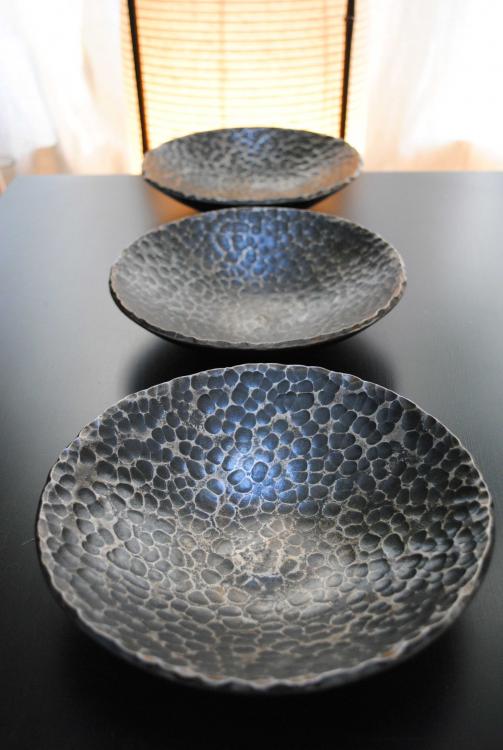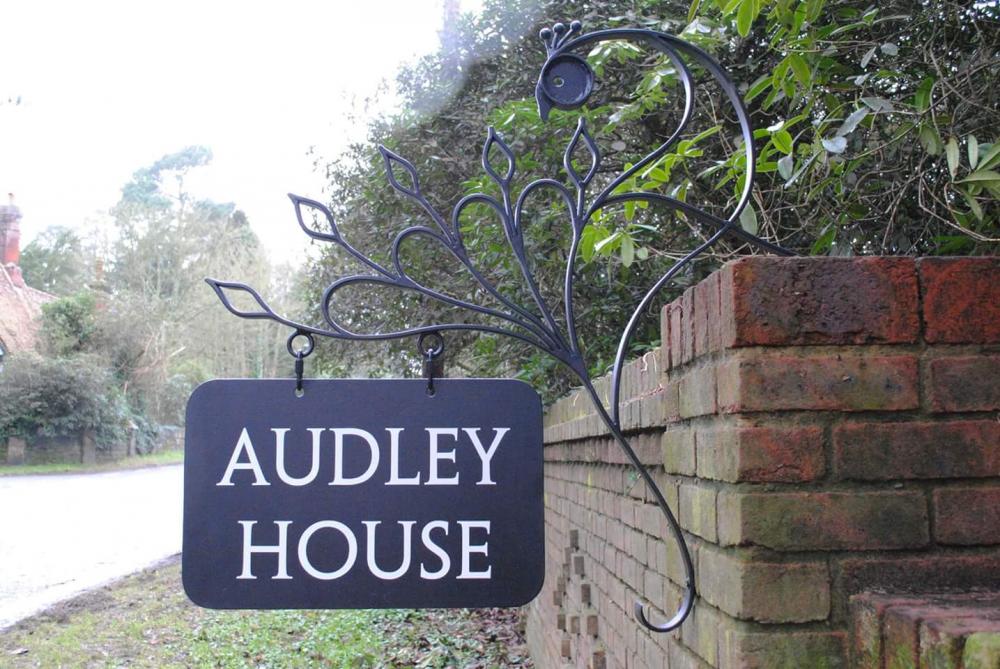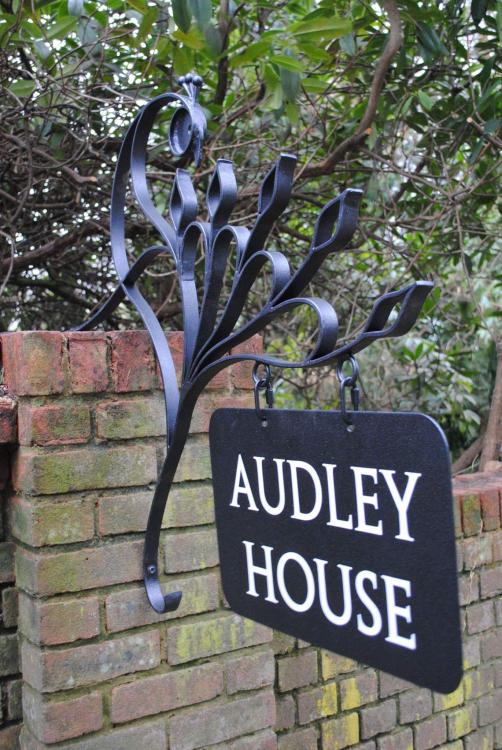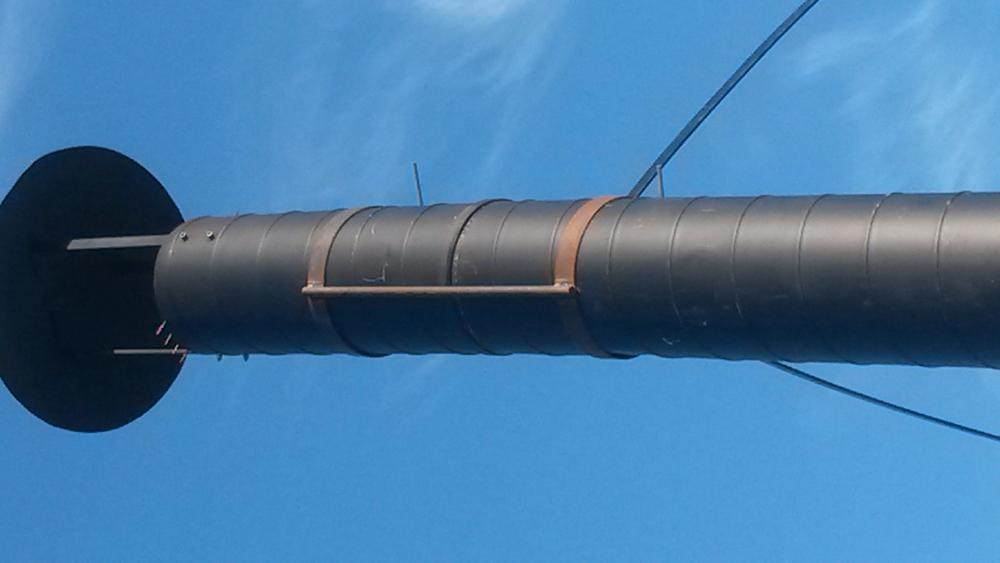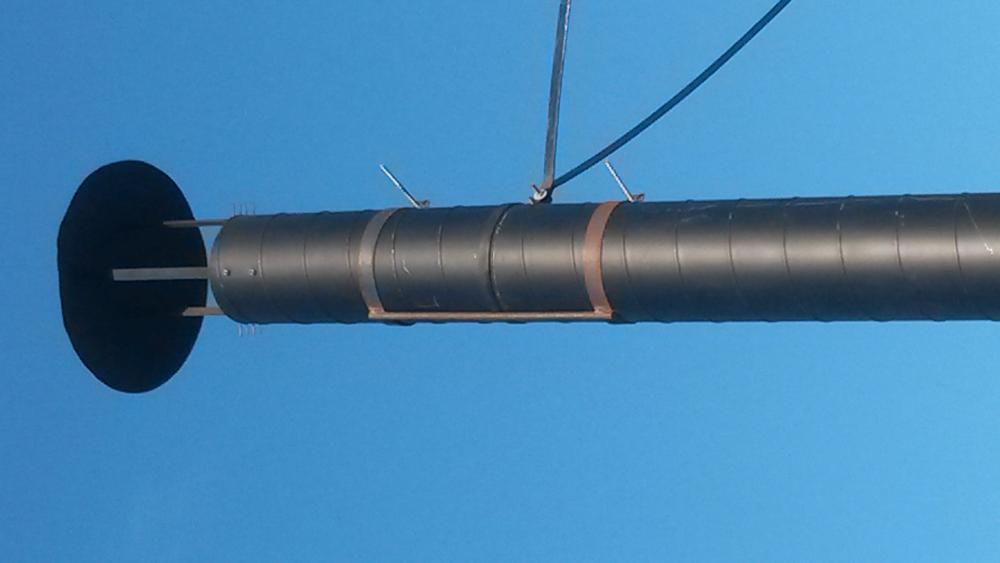-
Posts
1,075 -
Joined
-
Last visited
Content Type
Profiles
Forums
Articles
Gallery
Downloads
Events
Everything posted by Joel OF
-
Nice to make stuff just for fun & experimentation every now & then rather than it always being about money. For Mum's loose change/earrings/whatever she wants to use it for.
-
I'm only highlighting this because your phrasing made it sounded like you were working on the assumption that galvanizing was a sure fire hit regardless of the company/person used, whereas the sucess of zinc spraying was more dependent on the operator... My opinion is that it's more nuanced than that because whilst the coverage and attention to detail with zinc flame spraying, (particuarly the small crevices, e.g above and below a collar that grips together two scrolls which butt together) is dependent on the operator, on the other hand, galvanizing firms are notorious for being heavy handed due to heavy duty structural steelwork being their bread and butter, and globular "snots" and evil sharp spikes are also common. Those need attention before top coats. Galv can also chip/flake off. I appreciate that you probably didn't mean that, but I'm just making the point for the sake of the newbie that stumbles across this post when Googleing the pros and cons of spraying VS dipping.
-
I made contact with my local steam train line & they use the Ffos-y-fran large nuts & said they can possibly sort me out some. (They buy direct in 28 tonne volume). I prefer the sound of the smaller Gloda nuts but my local coal merchants don't know of it. Is it something that only a few national merchants do by delivery or is it worth me ringing round more coal merchants in Kent for sake of collection?
- 11 replies
-
Cheers. They earn me some beer tokens, the folksy textured look sells. They have olive oil baked into them like cast iron skillet. It was unintentional if I my reply sounded like I was suggesting a method for the sake of aesthetics rather than function, in my head I was just suggesting methods that works at getting scale off when you can't get a brush in there. On the hygenic side: If a bit of scale doesn't come off after 24 hours in vinegar and a rub with wire wool, then I really doubt it's going to come off when someone puts some nibbles in there for general consumption at a party. On the aesthetic side: the slightly scarred look of a scaley surface might put someone off from buying a bowl because it doesn't look food safe. Hitting stubborn scale with a copper mallet can loosen/knock scale off without denting your work.
-
If you can't get your brush in there possibly try a soft-ish wire wool? Using white malt vinegar, try letting the bowl sit in the vinegar for 6 hours, pull it out and give it a going over with the wire wool, then put it back in the vinegar. Try repeating that process till you're happy. I have used vinegar and a wire brush to strip thick galv off field gate hinges in in 24 hours. When I make bowls I sand them down with 120g emery cloth to bring out the texture, the highlights are just spots where all scale has been removed. If you wanted a black finish you could always do a process similar to this to remove the scale, then gently reheat the bowl in the forge back to a black heat without making new scale. I find my gas forge is 10 times worse for scale than my coke forge.
-
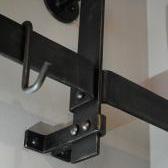
Question about the effects of TV coverage
Joel OF replied to Kozzy's topic in Blacksmithing, General Discussion
99% of blacksmith programme TV viewers aren't the sort of people who commission iron work. Having taken part in a blacksmithing TV programme (as part of a prime time crafts series hosted by a very popular & respected UK presenter) which leant towards the reality show aspect, I can tell you that none of my clients saw the show I took part in. Having studied Media Production at university and done units on TV viewing and domesticity, few people fully concentrate on the TV. Your tunnel vision focua on a show about blacksmithing won't be mirrored by the majority of people, many of whom will also be texting/on Facebook/playing with the dog/ironing/making dinner/helping kids with homework... -
Same goes for re-centering off centre eyes/loops.
-
Sorry, I'd forgotten I'd started this thread. The arch was to be fixed above a medieval door with lots of air gaps letting the heat out of the house. The client wanted a way of tieing a heavy curtain to the arch to reduce heat loss as the curtain was going to permenantly left in position, not used as a regular curtain that would be slid. The client was rather an "exact" lady and the curve of the arch had to match the curve of the door to the milliemeter, and the bottom edges of the hook finials (to which she might tie the curtains back on the odd occassion) must line up perfectly with markings on the door. Despite being so precise she left it up to me to decide where the holes should go and how many. Ultimately I decided the best option was to "cheat" and individually arc weld in puched holes (that I had punched in a seperate straight bar) as I didn't want to risk opting for a certain number of holes, then finding it didn't look right and having to start again. I did the same with positioning the hook finials. I opted for these methods as I also felt that bending the bars after punching might not work well as there's a chance the bars would bend awkwardly at the punched hole point, and my tests to calculate bar elongations from punching varied by a few millimeters...and I didn't want to risk the hook finials not landing smack bang in the correct alignment to the door markings.
-

Vinyl adhesive lettering
Joel OF replied to Joel OF's topic in Blacksmiths and Metalworkers Association of the South West UK
Thanks, interesting process. Looks like something suited to decorative interior details, but I'm not sure if that would be safe to do ontop of zinc sprayed/galvanized exterior work. There is a video of how to apply the vinyl lettering on this link: -

Vinyl adhesive lettering
Joel OF replied to Joel OF's topic in Blacksmiths and Metalworkers Association of the South West UK
No I haven't heard of this etching resist process, what's involved? -
This may be old hat to folks but it was new to me. I recently made this peacock shaped sign bracket for some clients who said they were going to use stick on reflective vinyl lettering. At first I cringed as I imagined the lettering to look like some awful thick perspex scar on my work, but I was really pleasantly surprised by the result. Turns out it's the same stuff sign written vans use. The lettering comes pre spaced and in order so you just peel the backing off in one hit & don't have to faff around individually placing letters. Needless to say there's a variety of fonts to choose from & you choose the letter sizes. Best of all it's quick & cheap!
-

whole blacksmiths shop in one
Joel OF replied to Nick O's topic in Blacksmithing, General Discussion
Shame it wasn't made in 1875 - that grinding wheel. -
Follow me around for a week, you'll learn loads.
-

Leg vice mounting
Joel OF replied to blackleafforge's topic in Blacksmiths and Metalworkers Association of the South West UK
Ring a local tree surgeon? -
Apologies from the rubbish pics but a tip to anyone that plans on using spiral ducting with male internal connectors to link sections - the connectors aren't very long & straight connections can easily become unwanted elbows in the wind. Here's a brace I fabricated to span my flue connecting point & to keep it straight. 2 split collars with a bit of 16mm round bar welded down the back as a spine. The collars are a smidge undersized so that as the bolts tighten each collar really cramps onto the flue. I couldn't photograph the collars from the other side to show how the bolts go through, but you can probably guess anyway. Not the most exciting thread but someone might stumble on it one day & find it useful.
-
Nice. Love the colour. FYI Google: "Leigh Dyer Hastings octopus". A local steel sculptor.
-

They didn't have angle grinders in 1875...
Joel OF replied to Everything Mac's topic in Blacksmithing, General Discussion
HMRC want their pound of flesh whatever, keep your lady sweet and go on holiday once a year. File that or grind that into George Osbourne's face, whatever you can afford. -
I can draw to scale, but I can't visualize in reduced scale whether for example 16mm square bar is better for a gate infill than 25 x 8mm flat. Again, examples made up off the top of my head,
-
Just for the sake of winding you up - my Mum works in the film business and gets invited to premieres/private screenings/previews etc. She got an invite to the Star Wars premiere but didn't go, not her cuppa tea.. As an Oscar winner she's also a member of the Academy so gets sent the screeners to view and vote on for the awards - she's been sent Star Wars but still hasn't watched it. That horrified my girlfiend who saw it on the opening day with her mates. Funnily enough I was talking with a client about a sculpture the other day when they mentioned that their son was asked by the croud casting people if he wanted to be a Storm Trooper as he was the right height for the outfits (he's a soldier and they were casting soldiers for the parts), but he turned it down. Right decision I.M.H.O, extras work is the most boring, feet aching, soul destroying work ever, can't go for a pee when you want either. Imagine beging in all that Storm Trooper gear stood in one spot for 12 hours under all those lights, not allowed to move and go pee.
-
Anyone else in the same boat? I literally cannot draw to scale with any confidence/understanding of what I'm drawing. I pretty much have to draw 1:1 scale (typically with chalk on plywood painted with chalkboard paint) so I can "feel" what something is going to be like in the flesh. E.g is the gap in that panel wide enough for a burglar's hand to get through to the padlock on the other side of the gate? Does that fire screen look too heavy for an eldery person to lift? Does that balustrade come to a point above my centre of gravity... I'm making up examples off the top of my head, but y'know what I'm getting at.
-
Cool, hope you both like it. Every time I flick through it I think I'm only ever going to scratch the surface with taking in the vast amount of info in it, but hopefully it'll serve me well as a design aid when I get asked for a Celtic themed.... or a Moorish themed.....
-
This isn't strictly speaking a metal working book but it's a book that'll help you no end with designing metalwork. The other day I bought "Designa - technical secrets of the traditional visual arts". It's about 400 page crammed full of technical drawings, explanations...just EVERYTHING. I've only had a chance to flick through it so far but it's unbelievable how much info there is in there. It covers everything from weave patters to Islamic calligraphy to architectural geometry to spirals and helices to human body geometry to shadows to perspective...just EVERYTHING. And it was only £15. Get it if you see it!

